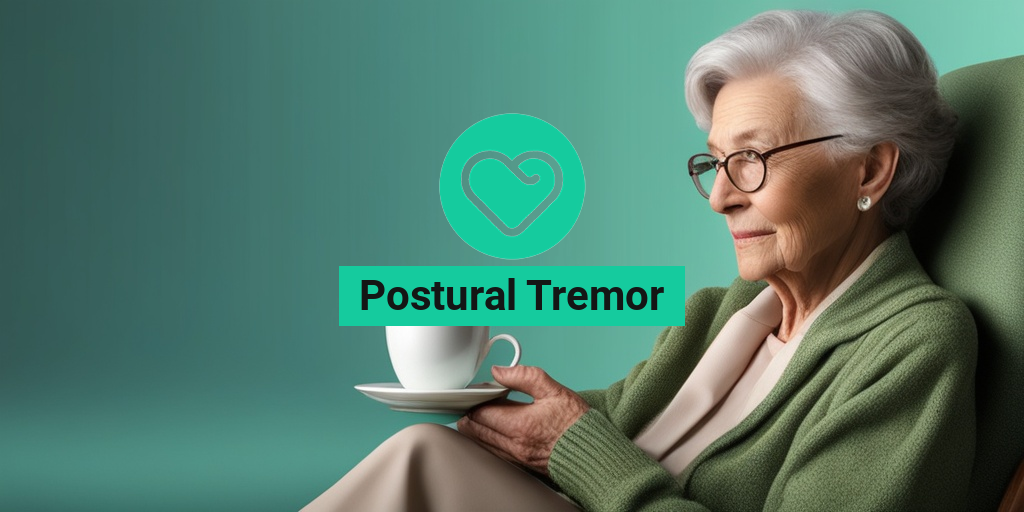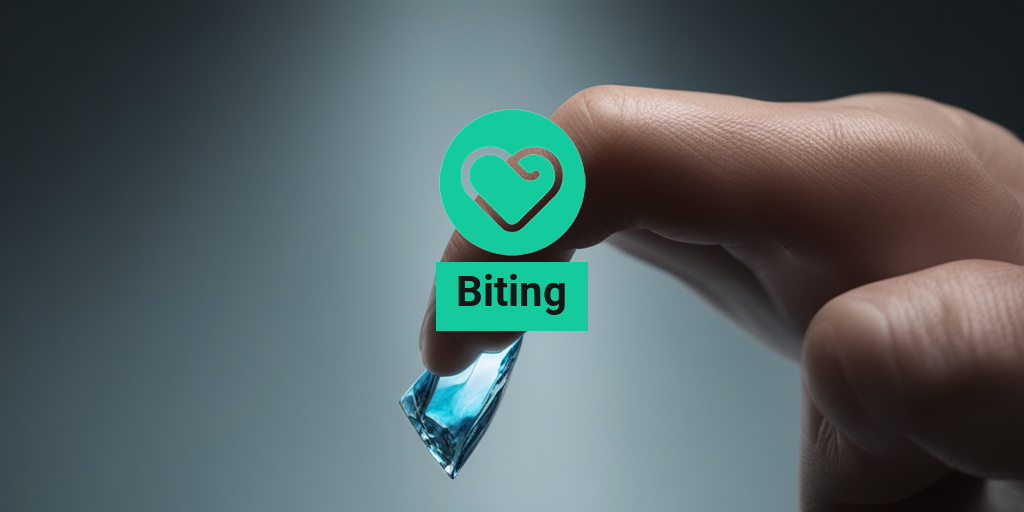
🚨 Seriousness of symptom: serious
Hey there! 👋 When it comes to chest pain, substernal pain is a less common but still potentially concerning symptom. 🤔 Substernal pain refers to pain in the area between the breasts and the throat, and it can be caused by a variety of factors. 🤷♀️ Here are some general information and symptoms to keep in mind:
💡 Chest pain, substernal, can be a sign of a pulmonary embolism, which is a blood clot in the lungs. 💔 This can cause sudden and severe pain in the chest, substernal area, and even the arm. 🤜🤛
💭 Other possible causes of substernal chest pain include pneumonia, pleurisy, and esophageal disorders. 💕 It’s important to identify the underlying cause to receive proper treatment. 👨⚕️
🤔 Symptoms of substernal chest pain can include difficulty breathing, coughing, and chest tightness or pressure. 🤝 You may also experience nausea, vomiting, and fever. 🤢
💡 If you’re experiencing substernal chest pain, it’s important to seek medical attention right away. 🚨 A healthcare professional can perform a physical examination, take a medical history, and order diagnostic tests to determine the cause of the pain. 🧵
🤝 In summary, substernal chest pain can be a sign of a serious underlying condition, so it’s important to seek medical attention if you’re experiencing this type of pain. 💕 By getting a proper diagnosis and treatment, you can alleviate your symptoms and feel better sooner. 💪
How are you doing? 😊 Do you have any other questions about substernal chest pain? 🤔
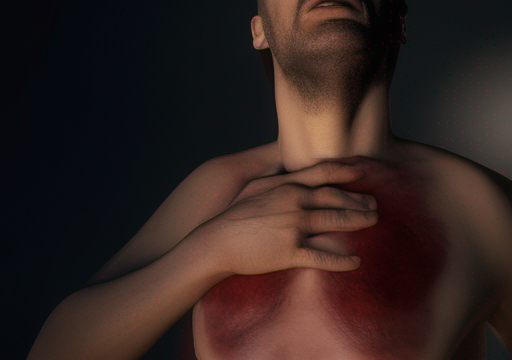
Possible Causes – Chest pain, substernal
Chest pain can be a concerning symptom, and it’s essential to determine the possible causes to provide appropriate treatment. Here are some possible causes of chest pain:
💔 Heart-related issues:
1. Angina: Chest pain can be a symptom of angina, a condition where the heart muscle doesn’t receive enough oxygen.
2. Heart attack: A heart attack can cause chest pain, which can be a sign of a serious cardiovascular problem.
3. Cardiac arrhythmia: Abnormal heart rhythms can cause chest pain, which can be a sign of a serious condition.
💔 Lung-related issues:
1. Pneumonia: Inflammation of the lungs can cause chest pain, which can be a sign of pneumonia.
2. Pulmonary embolism: A blockage in the lungs can cause chest pain, which can be a sign of a serious condition.
3. Pleurisy: Inflammation of the lining around the lungs can cause chest pain.
💔 Gastrointestinal issues:
1. Gastroesophageal reflux disease (GERD): Stomach acid flowing back up into the esophagus can cause chest pain, which can be a sign of GERD.
2. Peptic ulcer: A sore on the lining of the stomach or duodenum can cause chest pain.
3. Pancreatitis: Inflammation of the pancreas can cause chest pain.
💔 Musculoskeletal issues:
1. Costochondritis: Inflammation of the cartilage connecting the ribs to the breastbone can cause chest pain.
2. Tietze’s syndrome: Inflammation of the cartilage and muscles in the chest can cause chest pain.
3. Rib injuries: Fractures or bruises in the ribs can cause chest pain.
💔 Other possible causes:
1. Pneumothorax: A collapsed lung can cause chest pain.
2. Mesothelioma: Cancer in the lining of the chest can cause chest pain.
3. Pancreatic cancer: Cancer in the pancreas can cause chest pain.
It’s important to seek medical attention if you experience chest pain, as it can be a sign of a serious underlying condition. A healthcare professional can perform tests to determine the possible cause of the chest pain and provide appropriate treatment.

Diagnosis – Chest pain, substernal
When it comes to diagnosing chest pain in the substernal region, there are several steps that healthcare providers can take to determine the underlying cause. 🤝
First and foremost, a thorough medical history and physical examination are crucial in identifying the source of the pain. 📝🔍 This includes asking questions about the location, duration, and severity of the pain, as well as any other symptoms the patient may be experiencing. 🤔
Next, diagnostic tests such as an electrocardiogram (ECG), blood tests, and imaging studies like chest X-rays or computed tomography (CT) scans can help rule in or rule out various conditions. 📡💡 For example, an ECG can help identify any abnormal heart rhythms, while blood tests can provide insight into the patient’s electrolyte levels and cardiac enzymes. 💉
In addition, a cardiac stress test or exercise electrocardiogram (ECG) may be performed to evaluate the patient’s cardiac function during physical activity. 🏋️♀️💪 This can help determine if the pain is caused by coronary artery disease or another cardiac condition. 💔
It’s important to note that chest pain can have many different causes, including cardiac, pulmonary, and musculoskeletal conditions. 🤔 Therefore, it’s essential to take a comprehensive approach to diagnosis and treatment. 🧠💡
By following these steps and using a combination of medical history, physical examination, and diagnostic tests, healthcare providers can accurately diagnose and treat chest pain in the substernal region. 💕🏥
Remember, if you are experiencing chest pain, it’s important to seek medical attention right away. 🚨 Don’t hesitate to reach out to a healthcare provider for proper evaluation and treatment. 💕
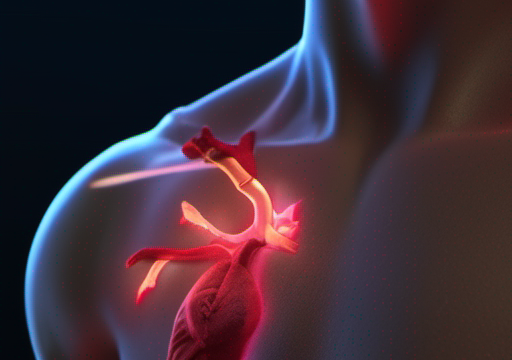
Treatment – Chest pain, substernal
Treating Chest Pain: Substernal Perspective 🤔
Chest pain can be a concerning symptom, especially if it’s persistent or worsening over time. If you’re experiencing substernal chest pain, it’s essential to identify the underlying cause to provide appropriate treatment. Here are some potential options to help reduce or treat substernal chest pain:
1️⃣ Breathing Exercises 👅
Deep breathing exercises can help reduce substernal chest pain by relaxing the muscles in the chest and abdomen. Try inhaling deeply through your nose, holding the breath for a few seconds, and exhaling slowly through your mouth. Repeat this process several times a day to help alleviate pain.
💆♀️ Massage Therapy 💖
Massage therapy can help reduce muscle tension in the chest and abdomen, which can contribute to substernal chest pain. Consider visiting a licensed massage therapist who can target the affected areas with gentle pressure and strokes.
🥝 Herbal Remedies 🌿
Certain herbs, such as ginger and turmeric, have anti-inflammatory properties that may help reduce substernal chest pain. You can try drinking ginger tea or taking turmeric supplements, but consult with a healthcare professional before using any herbal remedies.
💊 Medications 💊
Depending on the underlying cause of substernal chest pain, your healthcare provider may prescribe medications to help manage symptoms. For example, if the pain is caused by acid reflux, antacids or acid-reducing medications may be recommended.
🏋️♀️ Physical Therapy 🏋️♀️
Physical therapy can help improve posture, reduce muscle tension, and increase flexibility in the chest and abdominal muscles. A physical therapist can design a customized exercise program to help alleviate substernal chest pain.
💤 Lifestyle Changes 😴
Lifestyle changes, such as quitting smoking, losing weight, and reducing stress, can help reduce substernal chest pain. These changes can also help prevent the underlying cause of the pain from worsening.
🤝 Mind-Body Techniques 🧘♀️
Mind-body techniques, such as meditation, yoga, or tai chi, can help reduce stress and promote relaxation, which can help alleviate substernal chest pain.
💡 Acupuncture 💡
Acupuncture involves inserting thin needles into specific points on the body to stimulate healing and reduce pain. Some studies suggest that acupuncture may help reduce substernal chest pain, although more research is needed to confirm its effectiveness.
Remember, it’s essential to consult with a healthcare professional to determine the underlying cause of your substernal chest pain and develop an appropriate treatment plan. With the right treatment, you can reduce or manage your chest pain and improve your overall quality of life. 🙏
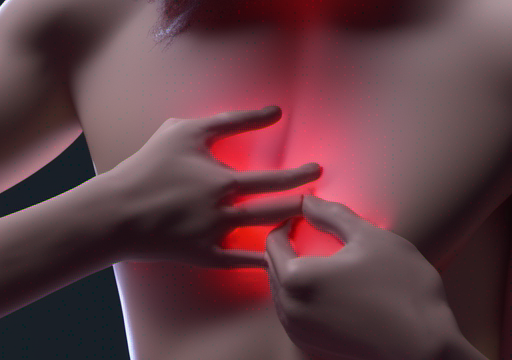
FAQ
Sure, here are 10 FAQs about chest pain, substernal, along with their answers:
💔 Q: What could be causing my substernal chest pain?
🤔 A: There are several possible causes of substernal chest pain, including heart problems, lung issues, and musculoskeletal conditions. It’s important to consult with a healthcare professional for a proper diagnosis.
💀 Q: Can you die from substernal chest pain?
😨 A: Yes, substernal chest pain can be a sign of a serious underlying condition that can be life-threatening. If you are experiencing severe or persistent chest pain, you should seek medical attention immediately.
🤔 Q: How do I know if my substernal chest pain is serious?
💥 A: If you are experiencing any of the following symptoms along with your chest pain, you should seek medical attention immediately: shortness of breath, difficulty breathing, chest discomfort that radiates to your arm, neck, or jaw, or any other unusual symptoms.
🤝 Q: Can stress cause substernal chest pain?
😌 A: Yes, stress can exacerbate existing chest pain or cause new chest pain in some people. It’s important to manage stress levels and seek medical attention if chest pain persists or worsens over time.
💪 Q: How can I prevent substernal chest pain?
🏋️ A: While some causes of substernal chest pain are unavoidable, there are steps you can take to reduce your risk of developing chest pain. These include maintaining a healthy diet, exercising regularly, quitting smoking, and managing stress levels.
💔 Q: Can I have substernal chest pain without a heart attack?
💔 A: Yes, substernal chest pain can occur without a heart attack. However, it’s important to consult with a healthcare professional to rule out any potential heart problems or other underlying conditions.
🤔 Q: How long does substernal chest pain last?
🕰️ A: The duration of substernal chest pain can vary depending on the underlying cause. In some cases, chest pain may last for a few minutes or hours, while in other cases, it may persist for longer periods of time.
😕 Q: Can I take over-the-counter medication for substernal chest pain?
💊 A: While over-the-counter medications such as ibuprofen or acetaminophen may provide temporary relief for mild to moderate chest pain, they are not a substitute for medical attention. It’s important to consult with a healthcare professional for proper diagnosis and treatment.
🤝 Q: Can I have substernal chest pain and not have a blockage?
🤔 A: Yes, substernal chest pain can occur even if there is no blockage in the coronary arteries. Other underlying conditions such as pulmonary embolism, pneumonia, or musculoskeletal problems can also cause chest pain.
Summary
Chest pain behind the breastbone can be a concerning symptom, and it’s essential to understand the possible causes. 🤔 The section of the blog is dedicated to providing information on the various reasons why this discomfort may occur. 📚
One of the most common causes of chest pain behind the breastbone is a condition called myocardial infarction, or a heart attack. 💔 This occurs when the blood flow to the heart muscle is blocked, causing damage or death to the heart tissue. 💀
Other possible causes of chest pain behind the breastbone include myasthenia gravis, an autoimmune disorder that affects the nerves that control muscle movement. 🧦 Additionally, myocarditis, an inflammation of the heart muscle, can also cause chest pain. 🔥
Other potential causes of chest pain behind the breastbone include pneumonia, pleurisy, and pulmonary embolism. 🤝 These conditions can cause inflammation or fluid buildup in the chest, leading to discomfort. 💦
It’s important to note that chest pain behind the breastbone can also be a symptom of other underlying conditions, such as gastroesophageal reflux disease (GERD) or pneumothorax. 🍽️💥
If you are experiencing chest pain behind the breastbone, it’s crucial to seek medical attention immediately. 🚨 A healthcare professional can perform a thorough examination and order diagnostic tests to determine the underlying cause of the discomfort. 💕
In conclusion, chest pain behind the breastbone can have various causes, and it’s important to seek medical attention to determine the underlying reason. 💕 By understanding the possible causes, individuals can take steps to prevent or manage their symptoms and improve their overall health. 🧘♀️💪


